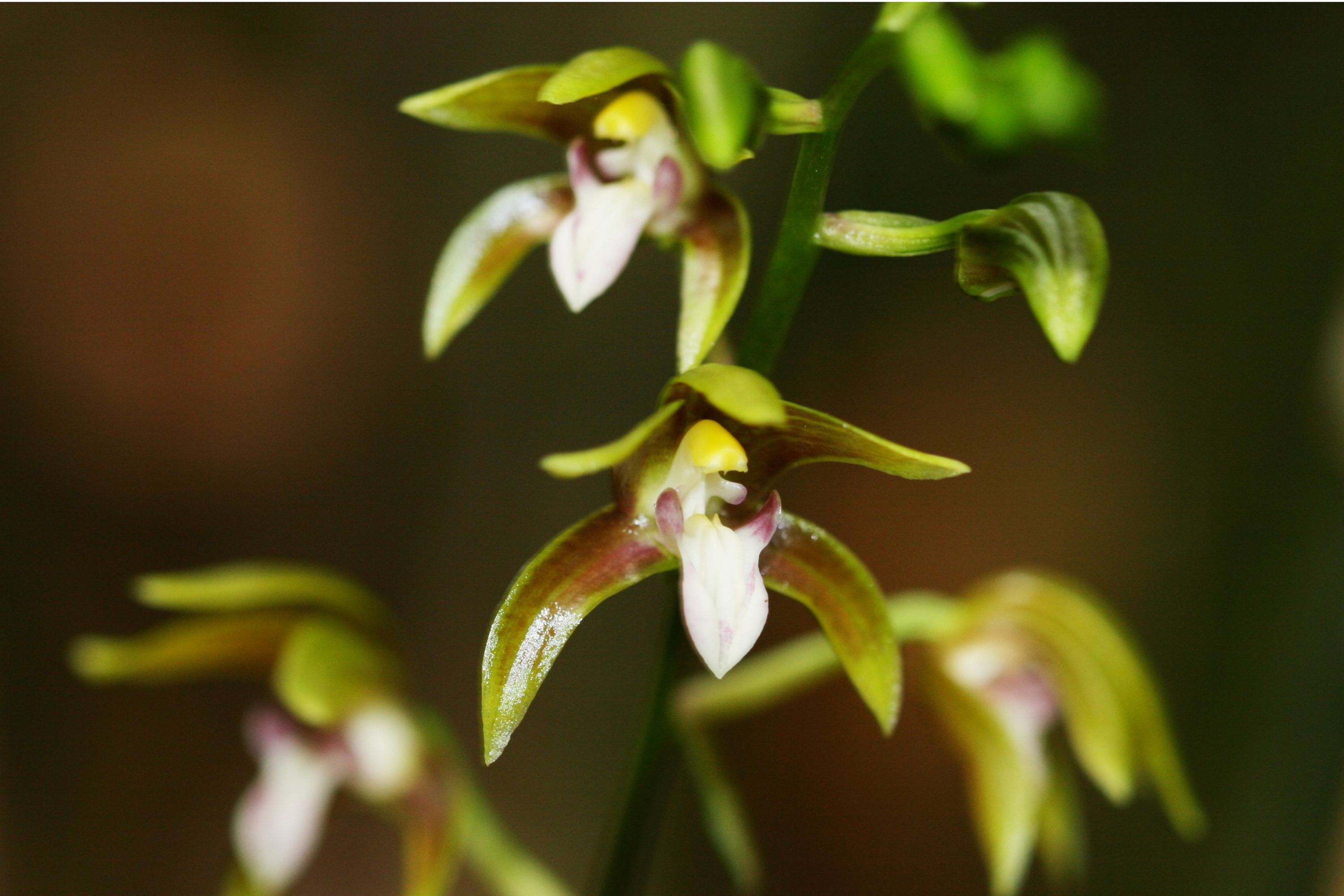Spring coral root
(Corallorhiza wisteriana)

Description
Corallorhiza wisteriana, the spring coralroot, arousing coralroot or Wister's coralroot, is a species of coralroot orchid. It is widespread through much of Mexico as well as parts of the United States (Rocky Mountains, Appalachians, the Southeast, and the Mississippi and Ohio Valleys). Spring coralroot blooms as early as December in Florida through early spring in other parts of the country. The flowers generally only last a few hours. This plant prefers leaf litter in woodland areas and is saprophytic. Corallorhiza, the coralroot, is a genus of flowering plants in the orchid family. Except for the circumboreal C. trifida, the genus is restricted to North America (including Mexico, Central America and the West Indies) Most species are putatively parasitic, relying entirely upon mycorrhizal fungi within their coral-shaped rhizomes for sustenance. Because of this dependence on myco-heterotrophy, they have never been successfully cultivated. Most species are leafless and rootless. Most species produce little or no chlorophyll, and do not utilize photosynthesis. An exception is the yellowish green species Corallorhiza trifida, which has some chlorophyll and is able to fix CO2. However, this species also depends primarily on fungal associations for carbon acquisition.
Taxonomic tree:







